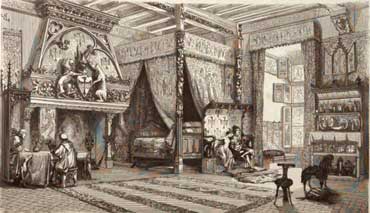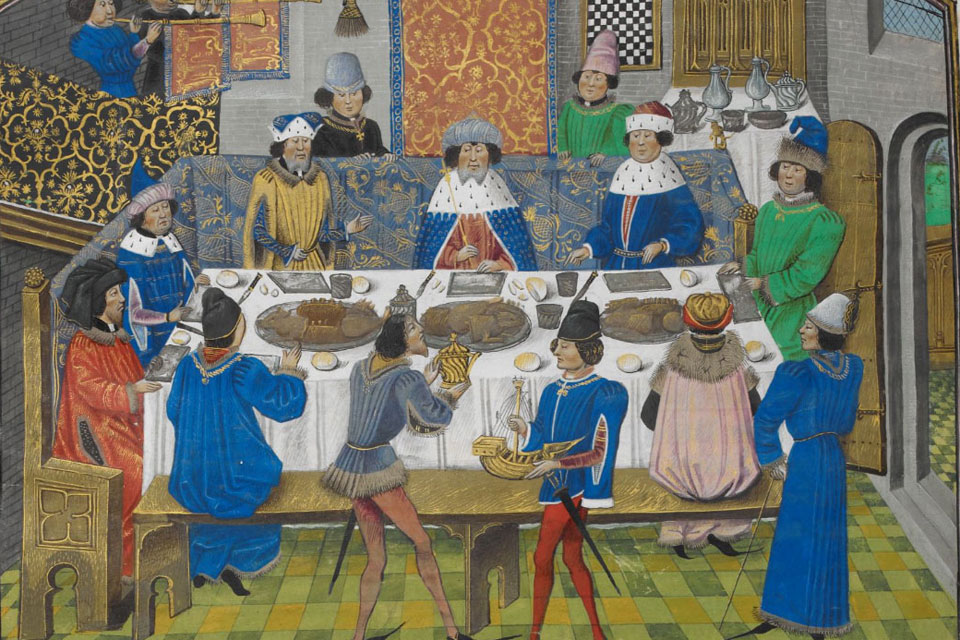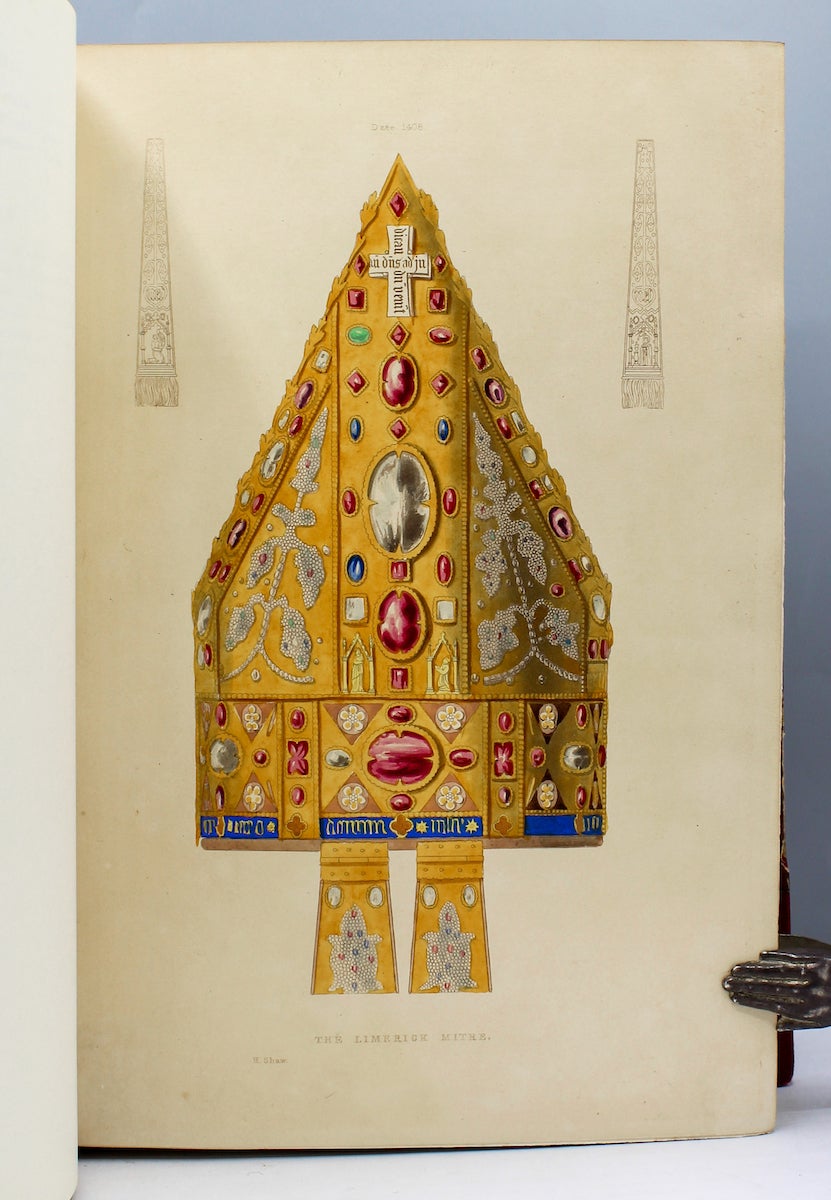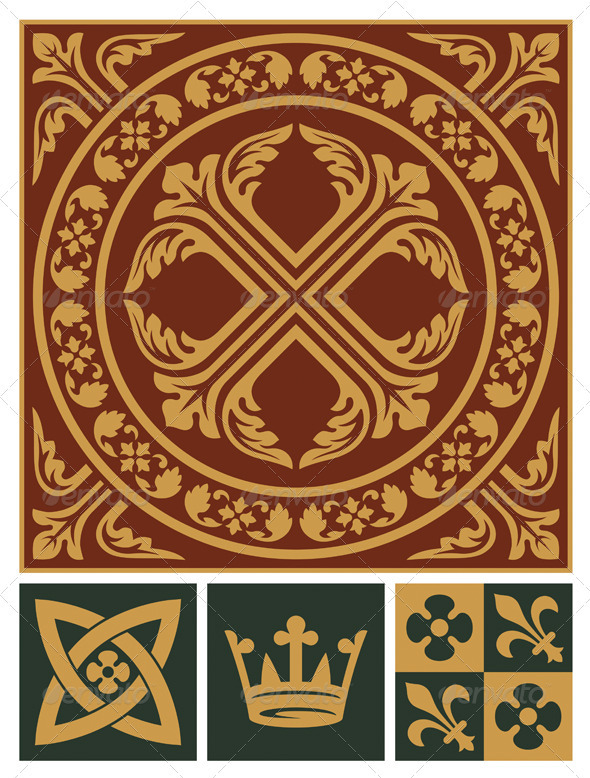Welcome to a journey through the Middle Ages! As an enthusiast of medieval culture and a seasoned decorator, I’m excited to share the rich tapestry of Middle Ages decorations with you. This article will not only guide you through the styles and materials of the time but also provide practical tips to recreate this enchanting aesthetic in modern settings.
The Allure of Middle Ages Decorations
The Middle Ages, a period spanning roughly from the 5th to the late 15th century, is often romanticized for its chivalry, castles, and rich artistic expressions. Decor from this era reflects a blend of practicality and artistry, characterized by ornate details, natural materials, and a strong connection to the spiritual and the mystical. Whether you’re planning a themed event or simply want to infuse your home with historical charm, understanding Middle Ages decorations is essential.
Key Characteristics of Middle Ages Decorations
To truly capture the spirit of the Middle Ages in your decorations, it’s important to understand the fundamental characteristics of the era:
- Natural Materials: Wood, stone, and textiles were prevalent, reflecting the simplicity and rustic charm of the time.
- Ornate Details: From detailed carvings to embellished fabrics, decorations were often handcrafted, showcasing craftsmanship.
- Symbolism: Many decorations carried deep symbolic meanings, whether religious or cultural, often seen in tapestries, shields, and crests.
- Color Palette: Earthy tones dominated, complemented by vibrant hues derived from natural dyes.
Popular Middle Ages Decoration Styles
Middle Ages decorations varied significantly by region and timeframe. Below are some of the most popular styles you might consider:
1. Gothic Style
The Gothic era is known for its stunning cathedrals and intricate details. Key features include:
- Pointed arches and ribbed vaults
- Stained glass windows
- Ornamental sculptures
Pros and Cons of Gothic Style
| Pros | Cons |
|---|---|
| Highly detailed and visually striking | Can be expensive to replicate |
| Adds a dramatic flair to spaces | May not suit all décor styles |

2. Romanesque Style
Focusing on solidity and simplicity, Romanesque decor is characterized by:
- Thick walls and round arches
- Limited decoration, emphasizing form
- Iconic frescoes and sculptures
Pros and Cons of Romanesque Style
| Pros | Cons |
|---|---|
| Timeless and classic aesthetic | Less intricate compared to Gothic style |
| Works well in rustic settings | May feel heavy in modern contexts |

3. Tudor Style
The Tudor period brought a charming style that is still beloved today. Key elements include:
- Exposed wooden beams
- Symmetrical layouts
- Brick and plaster exteriors
Pros and Cons of Tudor Style
| Pros | Cons |
|---|---|
| Warm and inviting atmosphere | Requires substantial space to showcase |
| Versatile for both indoor and outdoor settings | Can be complex to maintain |

Materials Commonly Used in Middle Ages Decorations
When thinking of Middle Ages decorations, the materials used played a critical role in the aesthetics and functionality:
1. Wood
Wood was the predominant material used for furniture, beams, and carvings. It offered warmth and a natural aesthetic.

2. Textiles
From tapestries to cushions, textiles included wool, linen, and silk, often featuring elaborate patterns and vibrant colors.
3. Metal
Iron and bronze were used for decorative purposes, including candle holders and furniture accents, with ornate designs that added sophistication.

4. Glass
Stained glass windows are the most iconic examples of glass use in medieval decoration. They added color and storytelling to spaces.
Decorating Tips Inspired by the Middle Ages
Ready to bring the Middle Ages into your home? Here are some practical tips based on my personal experiences:

1. Create a Focal Point with Tapestries
Tapestries can transform a plain wall into a stunning centerpiece. Consider investing in reproductions or create your own designs inspired by medieval motifs.
2. Incorporate Candles for Atmosphere
No medieval setting is complete without flickering candlelight. Use wrought iron candle holders or wooden sconces to give a warm and inviting glow.

3. Use Natural Elements
Incorporate elements like stone, wood, and plants to evoke the rustic charm of medieval aesthetics. Think about wooden furniture paired with stone accents.
4. Experiment with Color
Don’t shy away from rich, earthy colors. Deep reds, browns, and greens can set the tone for a medieval-inspired space.
Middle Ages Decorations for Events
If you’re planning a themed event, such as a renaissance fair, medieval banquet, or wedding, here are some ideas to set the scene:
1. Venue Selection
Choose a venue that offers a rustic or historic ambiance, such as a barn or a castle-like structure, enhancing the overall experience.
2. Table Settings
Use wooden tables adorned with linen tablecloths, pewter or wooden utensils, and fresh herbs for decoration.
3. Costumes
Encourage guests to dress in medieval attire. This not only adds to the experience but makes for memorable photos.
4. Entertainment
Consider hiring entertainers like jesters or musicians to bring the medieval era to life, creating an immersive experience for your guests.
FAQs About Middle Ages Decorations
What are some essential elements of medieval decor?
Essential elements include tapestries, candles, rustic wooden furniture, and natural materials to create an authentic ambiance.
How can I modernize medieval decor for my home?
You can modernize medieval decor by blending it with contemporary designs, using streamlined furniture, and incorporating minimalist aesthetics.
Is it expensive to decorate in a medieval style?
The cost can vary significantly based on materials and scale. However, you can achieve a medieval look with budget-friendly DIY projects.
Are there any famous medieval decorations I should know about?
Yes! Notable examples include the Bayeux Tapestry and intricately designed stained glass windows found in Gothic cathedrals.